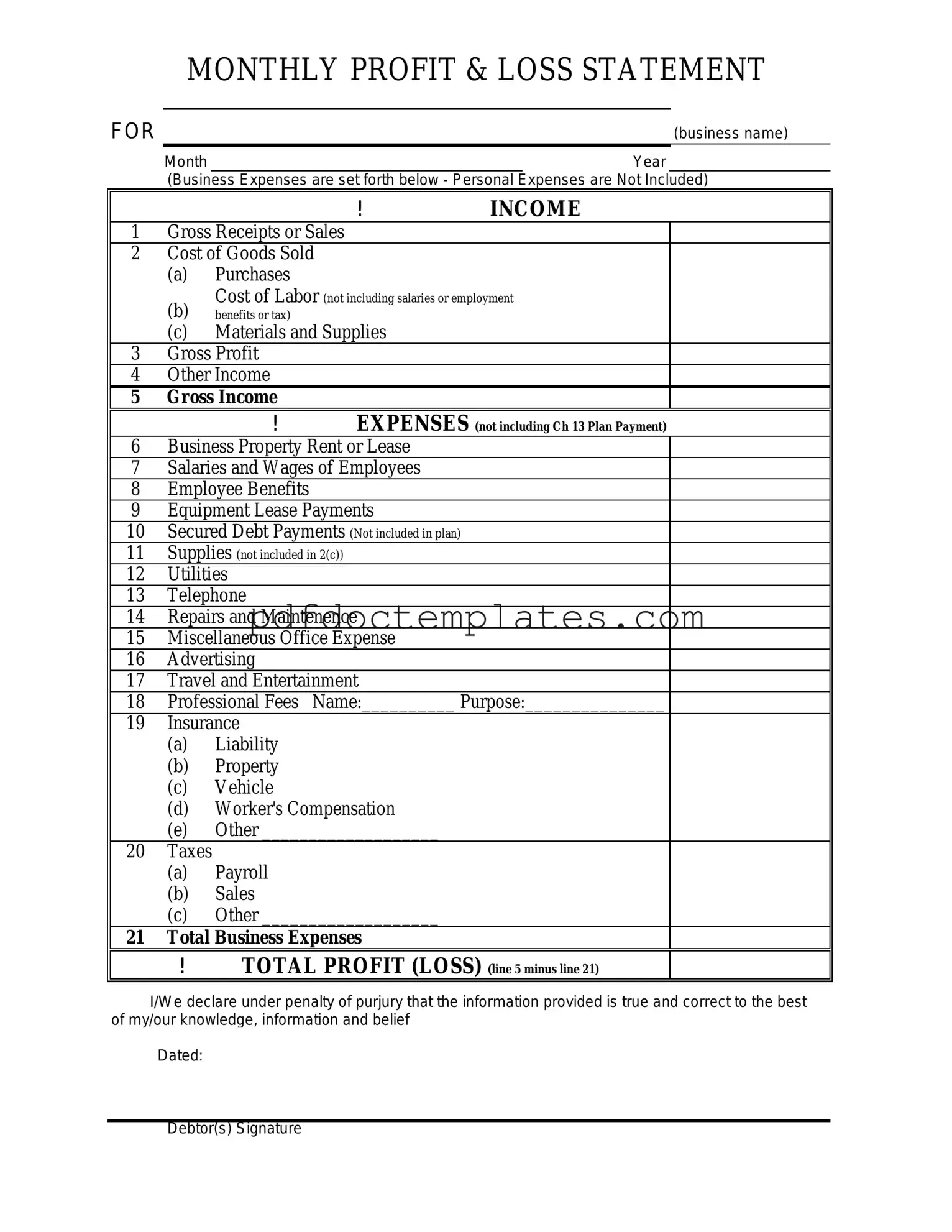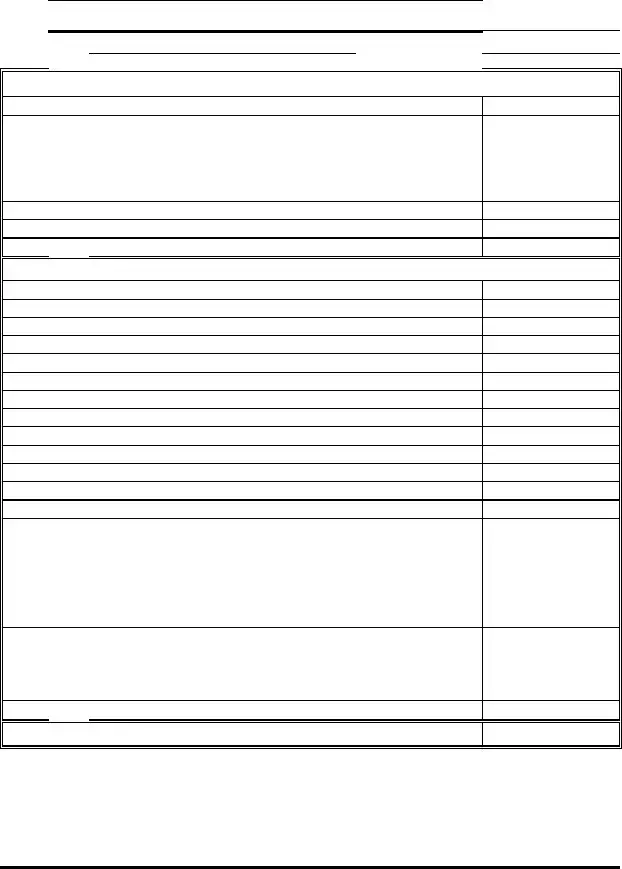Download Profit And Loss Template
The Profit and Loss form, often referred to as an income statement, is a financial document that summarizes a company's revenues and expenses over a specific period. This form provides valuable insights into a business's financial performance, helping owners and stakeholders understand profitability and operational efficiency. To take control of your financial reporting, consider filling out the Profit and Loss form by clicking the button below.
Access Your Document

